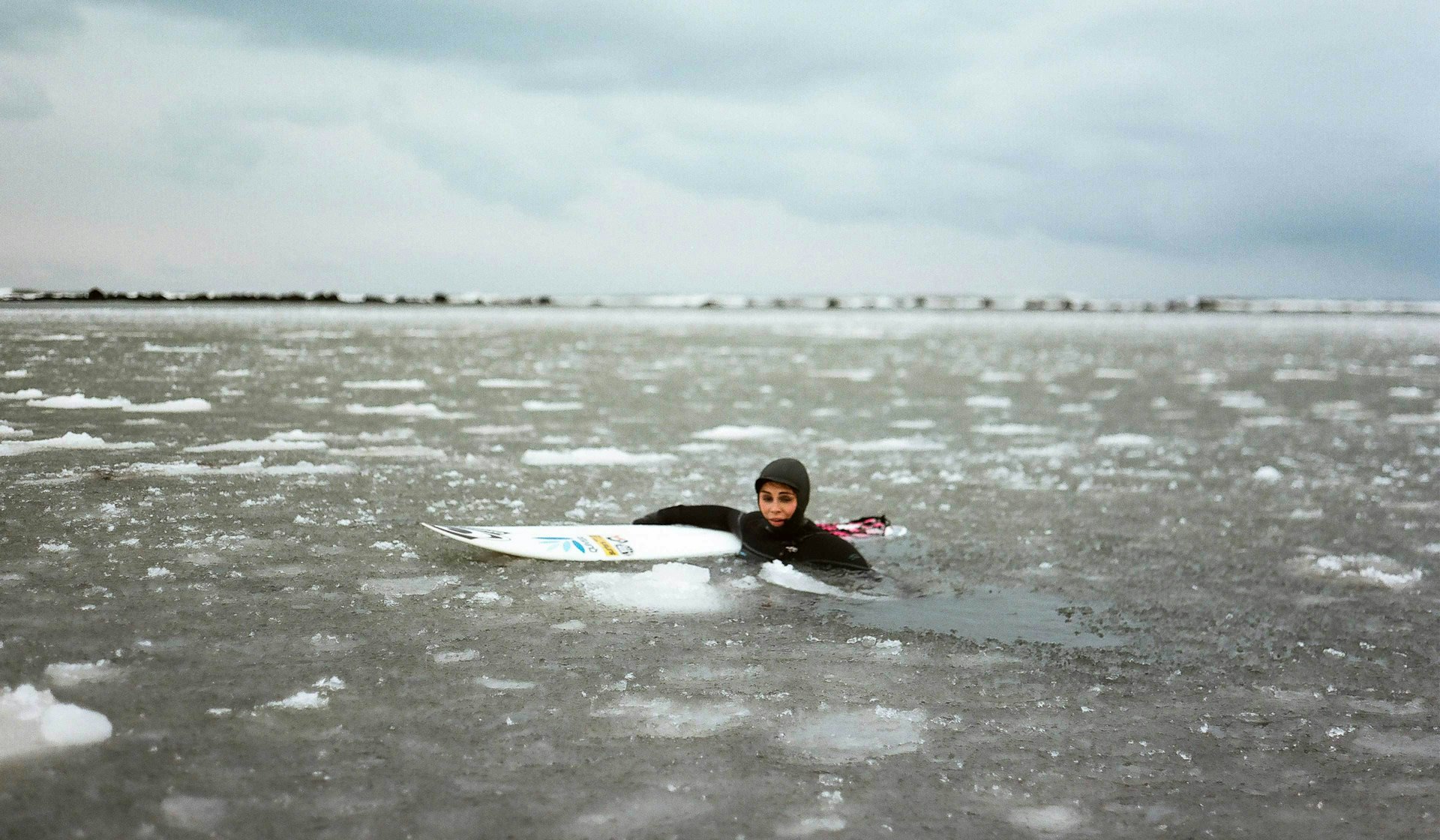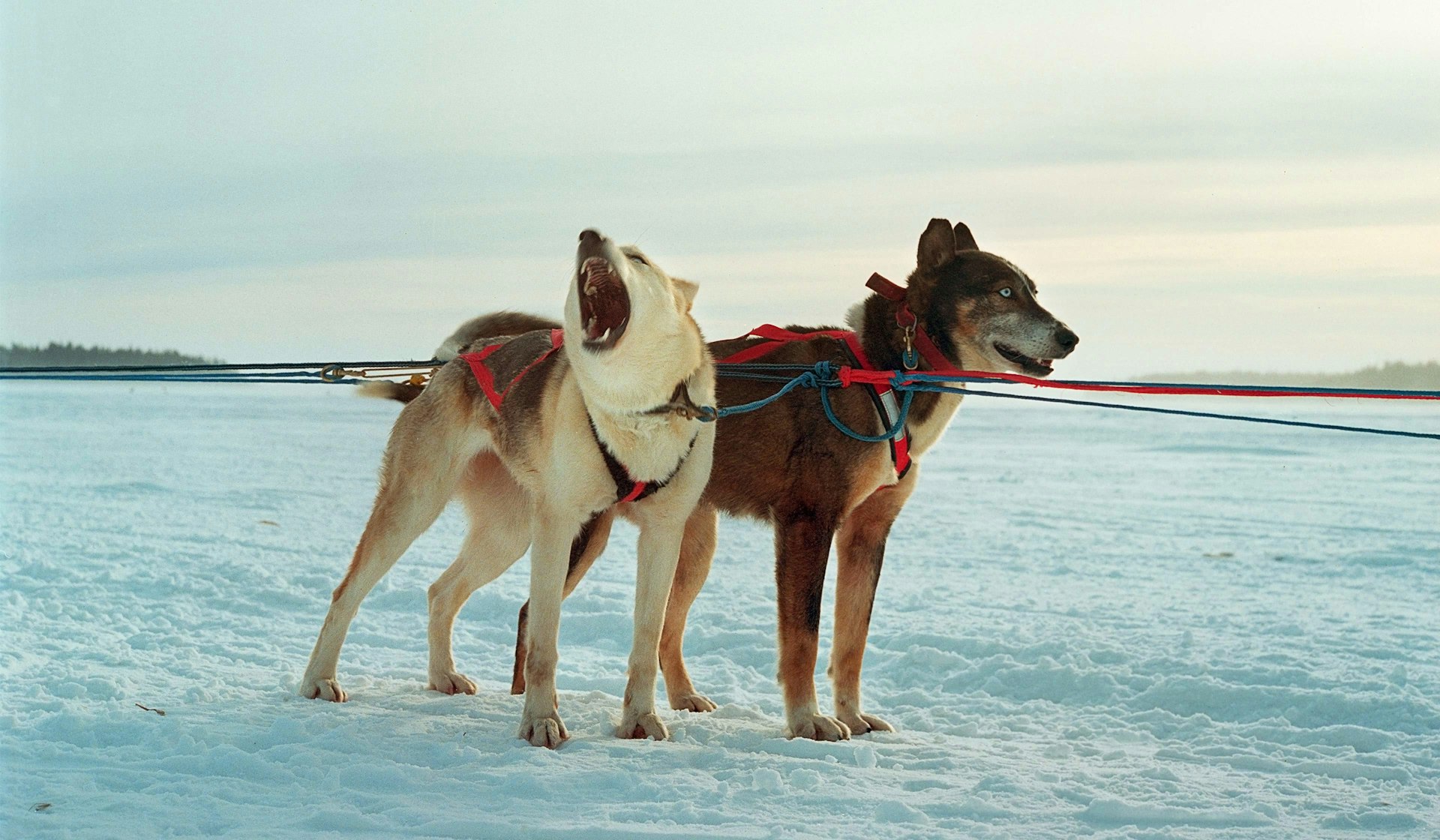
Capturing communities living on the fringes of the world
- Text by Andrea Kurland
- Photography by Aaron Vincent Elkaim
At 8am on a chilly November morning, Aaron Vincent Elkaim found himself alone on a road in Northern Alberta’s Boreal forest. He’d barely spoken to another person for two weeks, and the heaviness of that fact started to weigh him down as he walked towards his car. The softness of the morning light was drifting into a harsher glow so he decided to call time on today’s hunt. These walks he took, camera in hand, were becoming a pre-dawn routine. And yet he still couldn’t find a way into Fort McKay – a way to unpick the First Nation community that had drawn him here and the story unfolding around them.
But as he pulled out onto the vacant road, an entry point came hurtling towards him.
“I had this truck on my tail and he was following me down the road, kind of aggressively,” he remembers. “I was like, ‘Okay, this is interesting, something’s going on here.’ But I was kinda excited because at least someone was paying attention to me.”
Aaron pulled in when he reached his trailer, and the aggressor pulled in behind him. “He boxed me in,” he says. “I got out and walked up to his car and told him who I was… and the guy was super polite! He was like, ‘Yo, hop in and I’ll drive you around and show you my town. My name’s Mark. You don’t know how lucky you are man. I saw your out-of-town license plate and thought you were a crack dealer, I was gonna roll you. The last crack dealer that was in town we tied to a lamp post until the police picked him up.’”
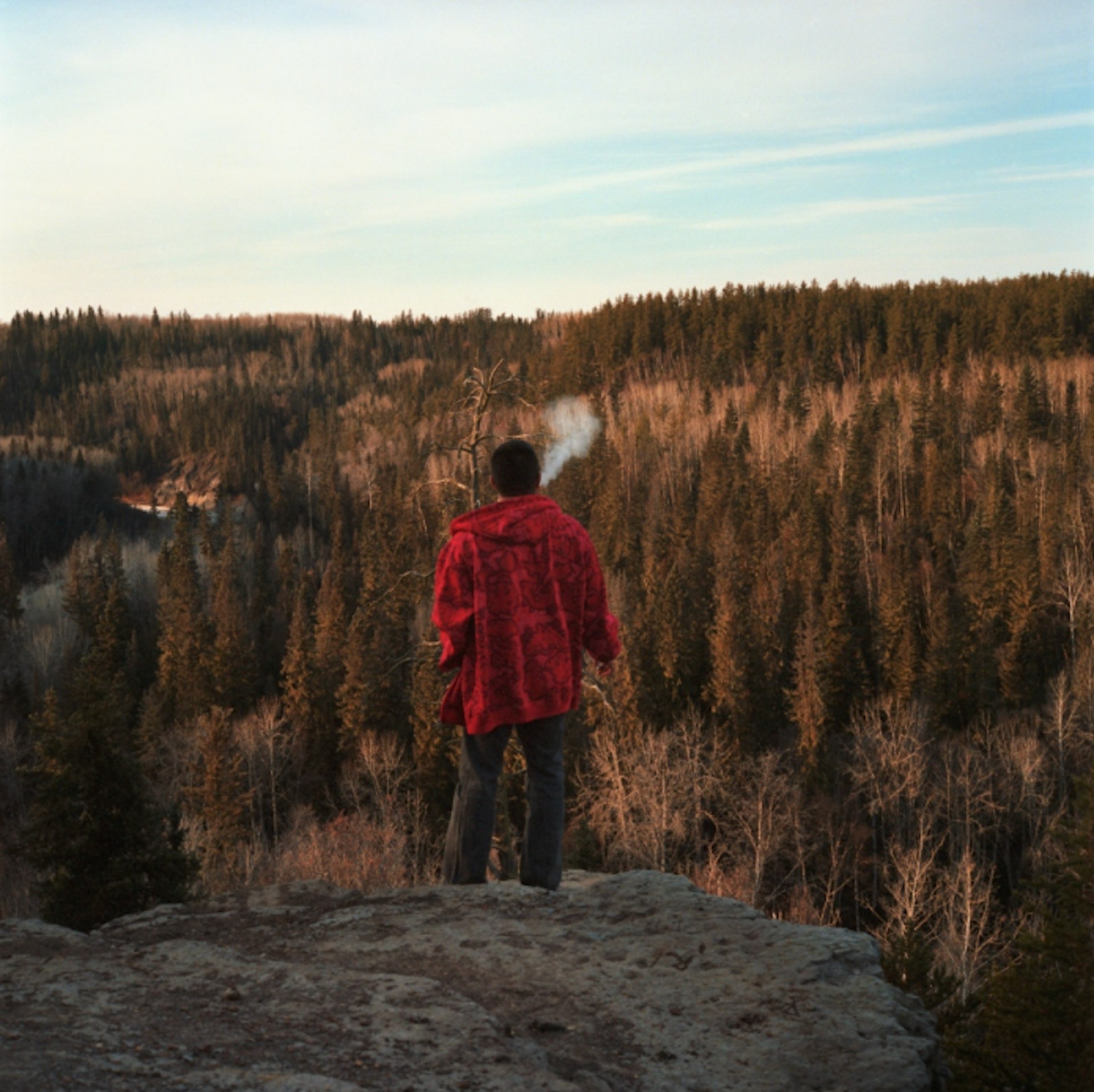
Mark L’Hommecourt, car chase aside, turned out to be the friendly face Aaron was searching for. “We had caribou soup with his old man and then went to his daughter’s birthday,” says Aaron, who took photos of the party as a way of saying thanks. “Once Mark’s mother, Dora, heard I was living in a trailer off a dirt road she invited me to stay at her home where I ended up living for four months. They became my second family. And through that, the community just slowly started to unfold – all the nuances of what this place was and the conflict that existed there.”
The Fort McKay First Nation reserve is a drive-through hamlet on the Athabasca River surrounded by Alberta’s oil sands, an underground mass of petrochemical gloop that is in fact one of the largest oil deposits in the world. On June 6, 1970, 1,190 barrels of the stuff spilled into the river from a ruptured pipeline. What was once an area flush with forest – and the centre of Canada’s fur trade – today resembles a man-made desert, the billowing towers of petrol plants plonked down on the horizon like graves.
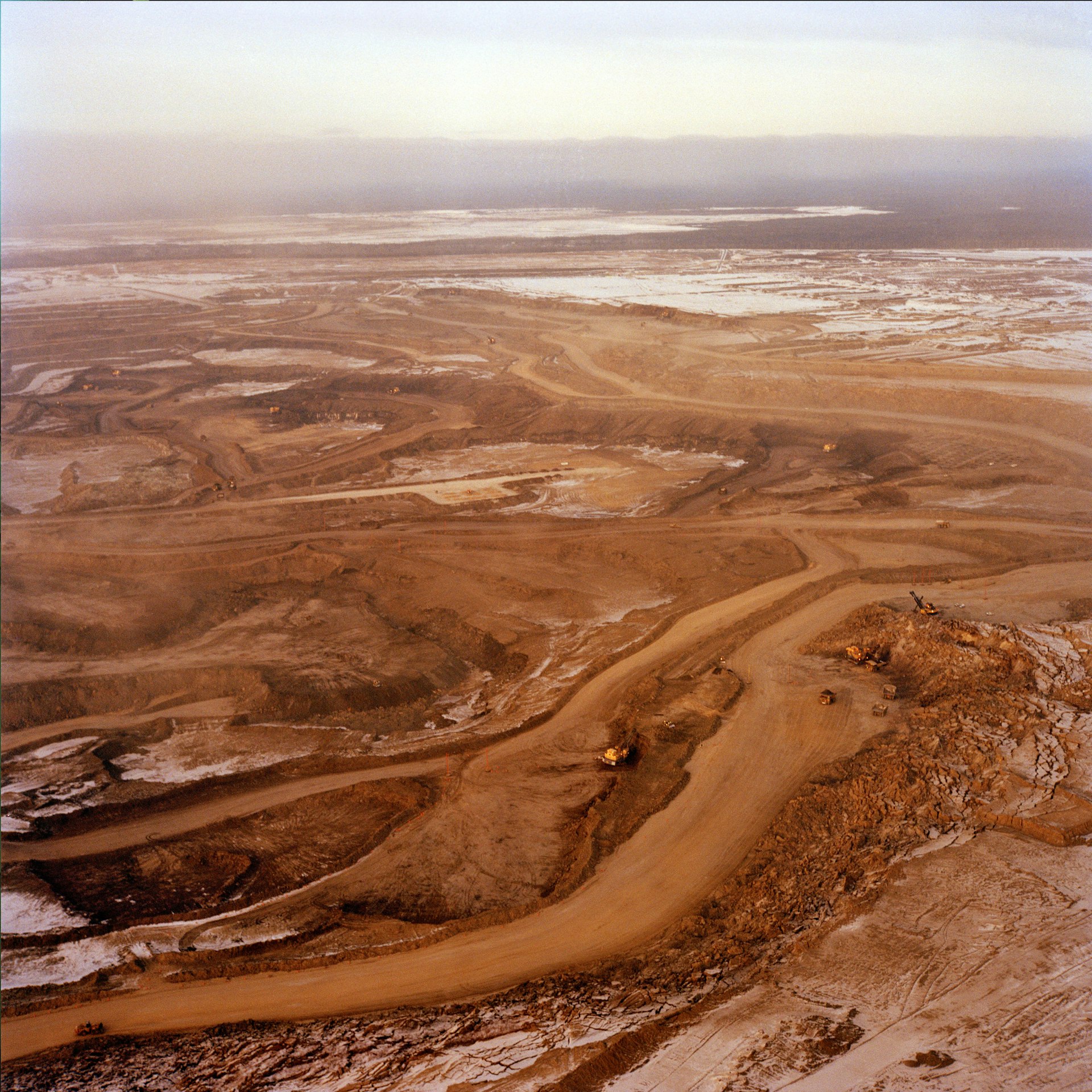
Aaron – who studied anthropology then photojournalism – was drawn to Fort McKay because the people and their land are part of a bigger story. ”I’m interested in how industrial development impacts native communities,” he says. “You have this contrast of people who live off the land – this spiritual philosophy based on the land – and yet we are very much a resource economy. Working for the oil industry, despite everything, is often the only choice.”
The images Aaron captured, with Mark’s family as his guide, tell the story of a community caught in an industrial era Catch-22. “The story as I tell it is called Sleeping With The Devil, which is how it was described to me by Norman, Mark’s stepfather. He had worked as an electrician for the oil company his whole life. He’d tell me stories of valour, how he’d saved the company millions of dollars by fixing the power during a shutdown – then the next story he’d tell me was how there were no beavers in the river and everything was polluted. There was this conflict, and he said, ‘What are we gonna do? We gotta work. Sometimes you have to sleep with the devil.’ And that was how that story unfolded.”
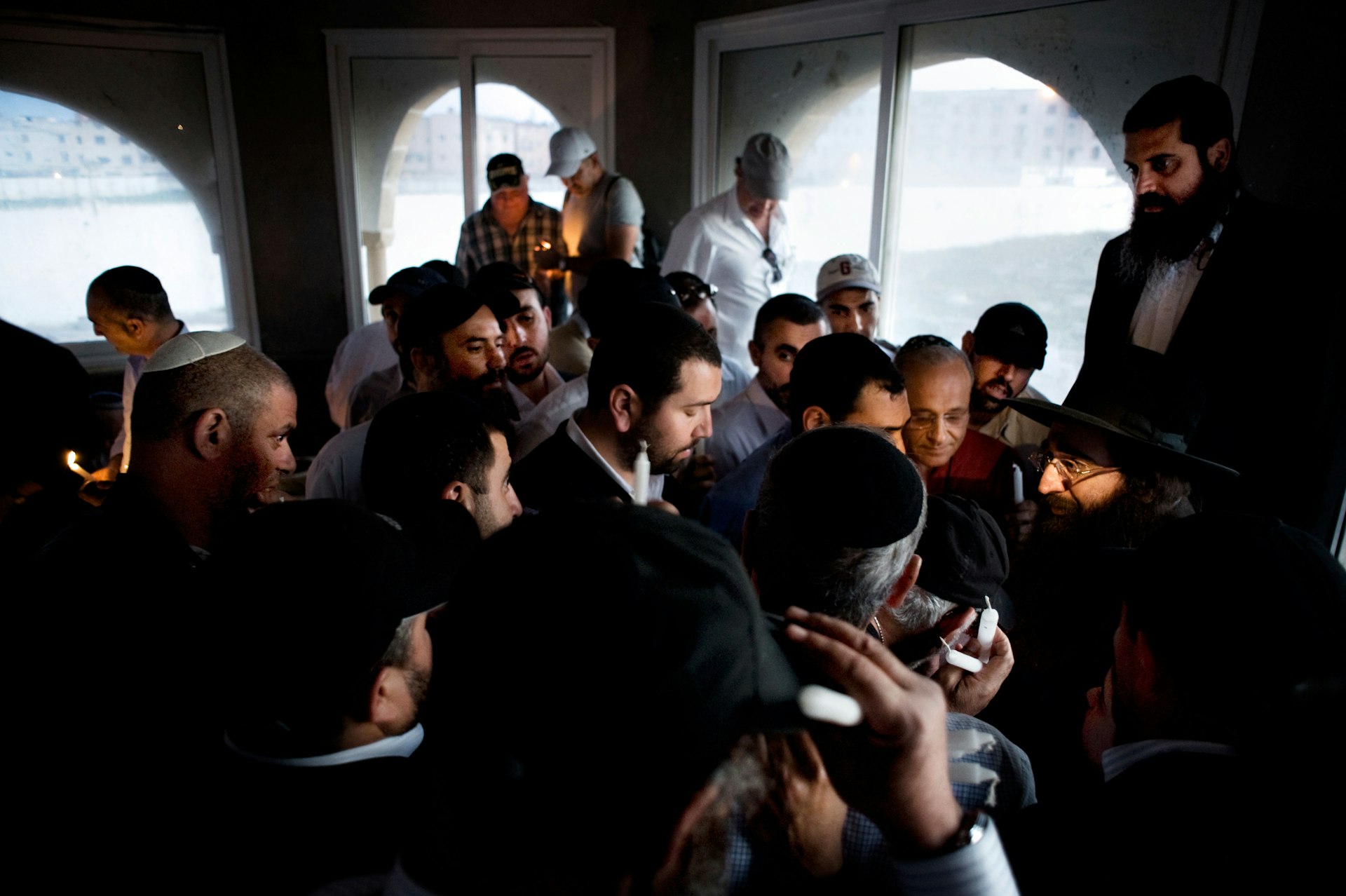
Fort McKay wasn’t the first story Aaron found through family. In 2009, he travelled to Marrakech with his Jewish Moroccan dad and the trip morphed into something of a pilgrimage. Aaron’s parents separated when he was young and where he lived in Winnipeg, with his Irish/English Canadian mom, felt like a world away from his father’s diaspora in Montreal. “My family were almost kind of foreign to me,” he says. “They spoke French fluently, and my French was terrible, so there was always this exposure to culture that was kind of part of who I was but also separate from me. That was something bred into my being and circumstances, this fascination with cultural differences.”
In Morocco Aaron pieced together the story of his roots, and along the way he uncovered a hidden chapter. “There was all this history that I had no idea about, the co-existence of Muslims and Jews for thousands of years,” he says. “It went against the narrative I saw in Israel and grew up believing, that Muslims and Jews were always mortal enemies. Something about that never settled right.”
Determined to say something positive, “that hatred is not the only narrative”, Aaron started documenting remnants of a peaceful past. “I found a map and one thing led to the next,” he says. One photograph in particular – taken inside a Synagogue in Marrakesh, where his father grew up, just as the wind blew through some curtains – captured what Aaron was feeling. “There was something so serene about that moment, with the breeze and movement and the blue tiles. I felt the passage of time and the changes of the outside world, yet this synagogue continued to live on vibrantly in the heart of a Muslim country. It was the first time I had a sense of the magic of photography. Photography is such a magical thing, the pictures come to you as much as you go to them.”
“There is no game plan,” he adds. “I’ve learned that if I just go down the river and see who I meet and just follow my instincts then the imagery just comes. And the story just kind of unfolds. And for that you need time. Time and belief. Because for a long time nothing happens and then all of a sudden it does.”
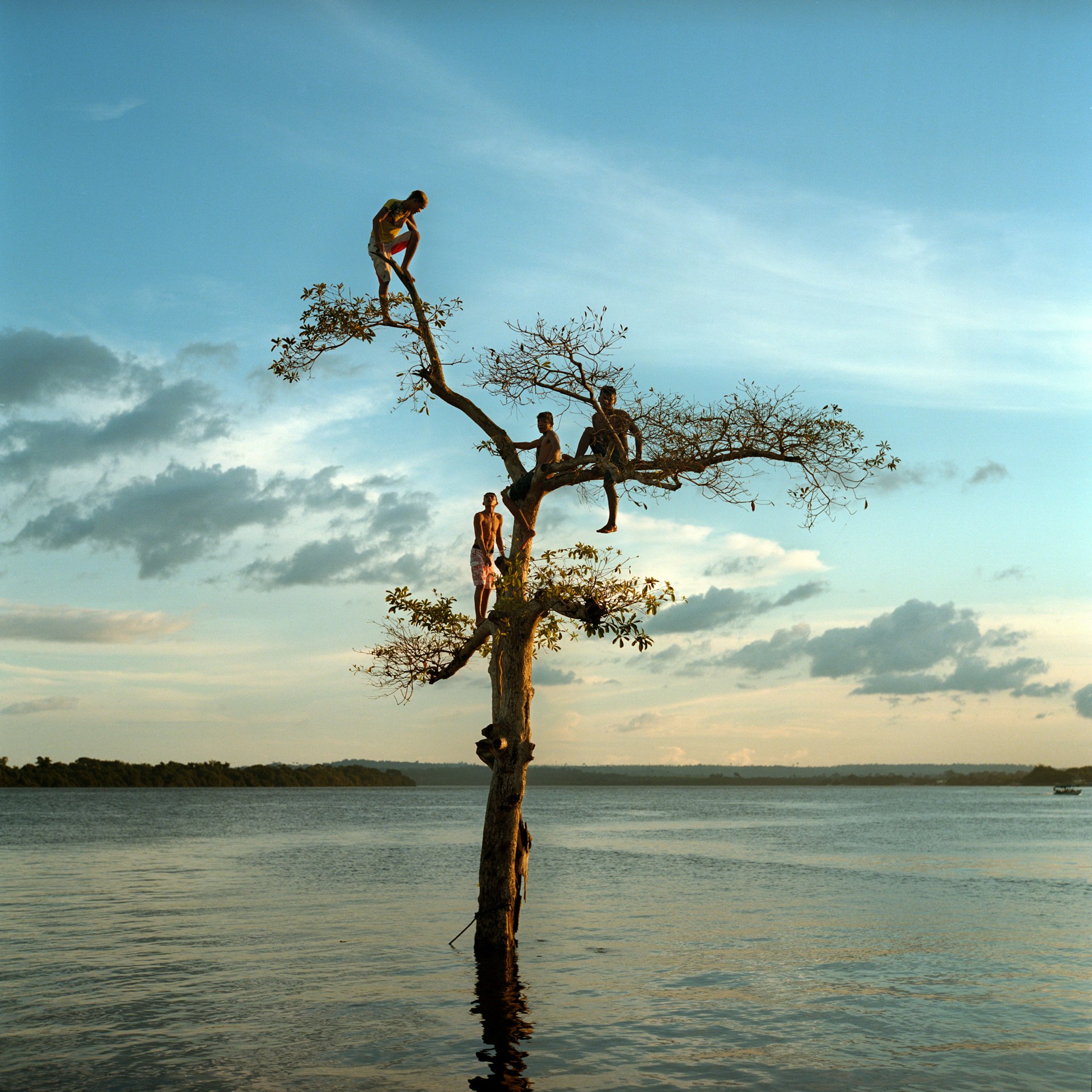
In 2014, Aaron chased another current, all the way to the Amazon, to document the impact of the Belo Monte dam. “But I’m not really photographing the construction site,” he says, about a plan that could displace 20,000-40,000 people. “It’s the communities dealing with the repercussions that interests me. What we’re doing to our natural world is the most important issue for me right now, because there’s no going back once you destroy things. And in my mind the saddest loss is the loss of human connection to nature. That’s what forces me out of the city. That’s the adventure, just exploring. Curiosity is all about following something that you don’t really know.”
Aaron travelled around the area to get a panoramic view, spending time with different communities; fishing villages along the Xingu River who are losing their fish stocks; indigenous activists like the Munduruku who are fighting to protect their land from the next major dam on the Tapajos River; residents of Altamira, the closest city to Belo Monte, where a third of the population will be displaced by flooding and relocated to poorly built suburban-style homes. “But I was most impacted by the extractivist communities on the Iriri River and the Riozinho do Anfrísio stream,” says Aaron. “Family by family, the communities are spread along the rivers, each living in homes along historic rubber trails that had been harvested for generations. Some of the rubber trees had scars from collecting the latex that were generations old. One man, Neto, showed me a tree that had the scars from his wife’s grandfather. To see the history of a family and their relationship to the land written in the bark of a tree was a powerful symbol for me.”
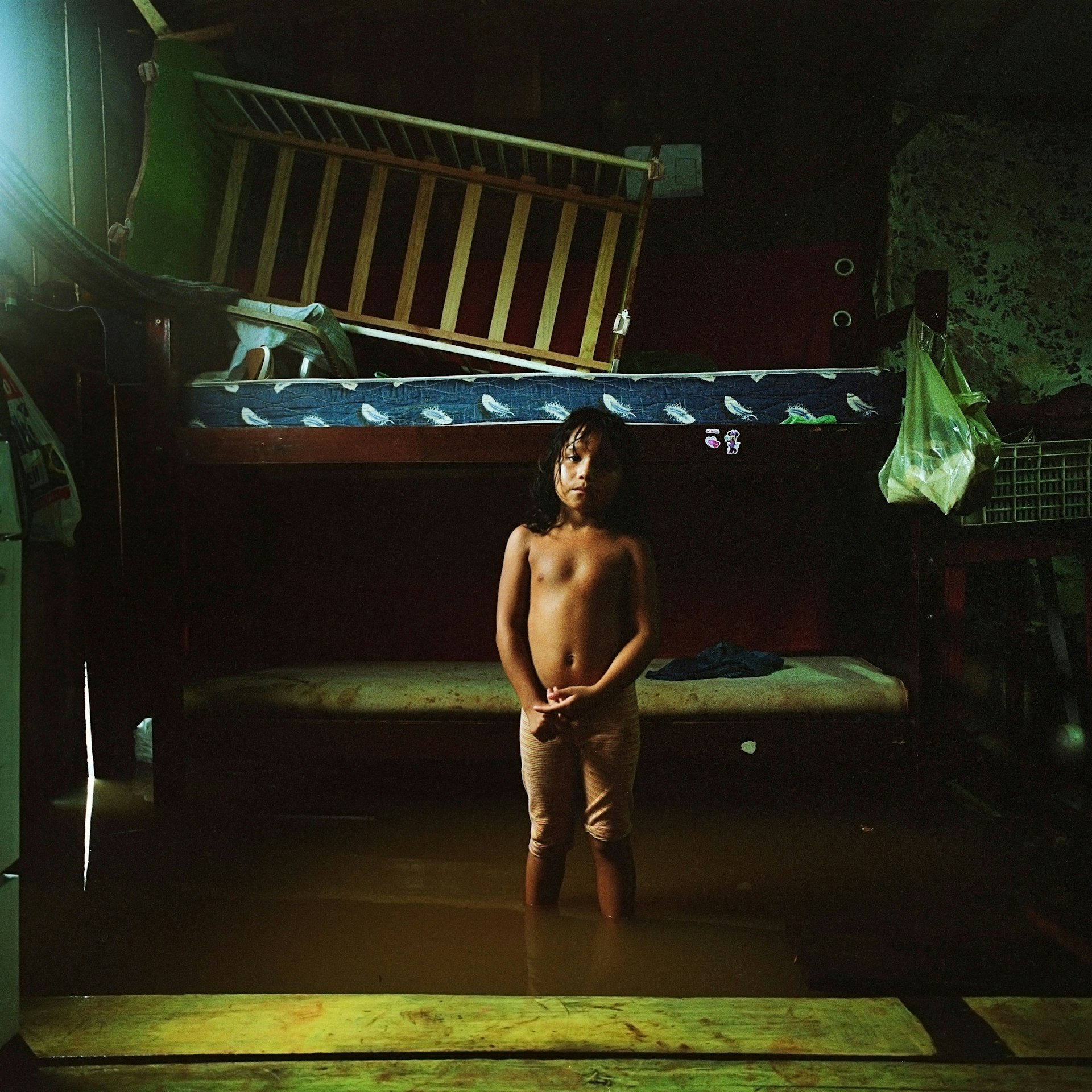
It’s images like this – captured within families and inside homes, away from the shock and awe of the newsreel – that Aaron hopes emerge as vehicles that anyone can ride into the lives of others. “There’s always an inner desire to go, to understand this place. But if I was just doing this for myself, I don’t think I could do it in good conscience, and I wouldn’t be motivated to get the photo,” says Aaron. “What I look for in my images is kind of a universal humanity, something that you can relate to. That part is for the audience.”
As a storyteller, Aaron embeds himself in plot-lines and lets them play out live before his eyes. He’s used his camera as a key, unlocking worlds that he wants to learn from, but seems fully aware that his images, no matter how much they resonate, are still slivers of the experiences he’s banked. Like the silent conversations we have with one another, those memories are his, and his alone.
“I don’t think you truly understand by doing an interview and hearing what someone has to say,” he says. “I think you understand when life just happens and you’re there to witness it. When you see the nuances and how people talk about their own personal issues with each other – and not with you. You can’t photograph that stuff, it doesn’t translate, but it does inform you. You gain a different kind of clarity and eventually that informs what you’re trying to say.”
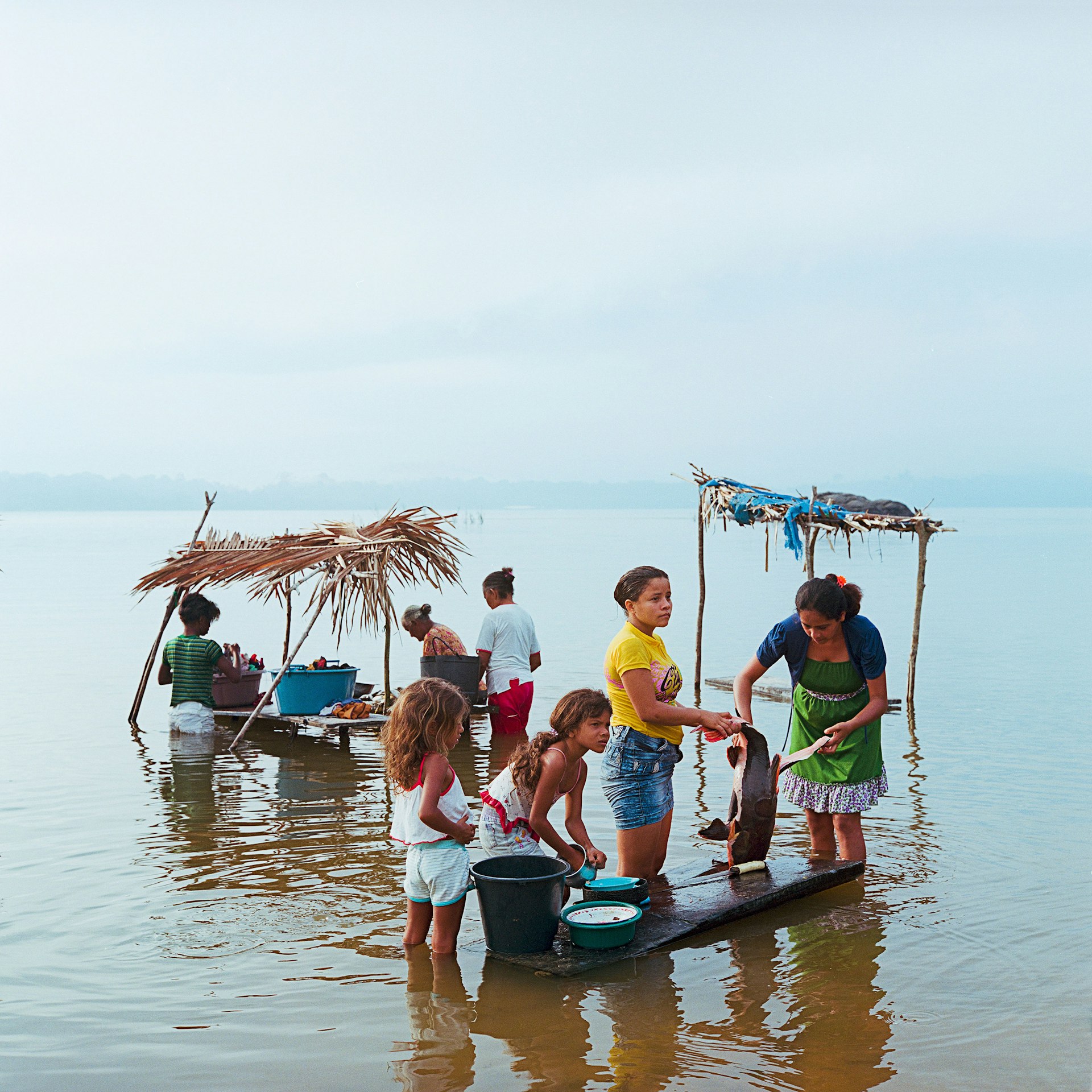
Today, Aaron is plotting his next anthropological adventure; among others, he has his sights set on a story in India. But the books he’s already opened never really close. The last time Mark L’Hommecourt and Aaron met up for a drink – as they do whenever they’re in the same town – another guy in the bar leaned over. “He was like, ‘I find it so amazing that this is possible, that you two are friends. That this relationship exists, in a way,’” says Aaron. “Mark’s this big, burly, loud guy. He’s spent time in jail. He’s like a poet, and he’s got a depth to him, spiritually, in so many ways. He’s a beautiful human being. But he’s a totally different person than I am, and from a different world.”
The guy in the bar may well have spoken out of turn, but in a way he also hit upon the true story of Aaron’s work. That the best adventures never really end. Done right, they become the journey of a lifetime.
“I don’t know exactly what it is about Mark that I’ve learned so much from,” says Aaron. “But I guess it’s just the sense that… that the people that are important to you don’t have to be from your clan, you know? Humanity is universal, and if you find a connection with somebody they can be from anywhere. All it takes is a little bit of time to nurture that connection, and it can grow into one of the most rewarding relationships in your life.”
This article originally appeared in Huck 51 – The Adventure Issue. Grab a copy in the Huck Shop or subscribe today to make sure you don’t miss another issue.
